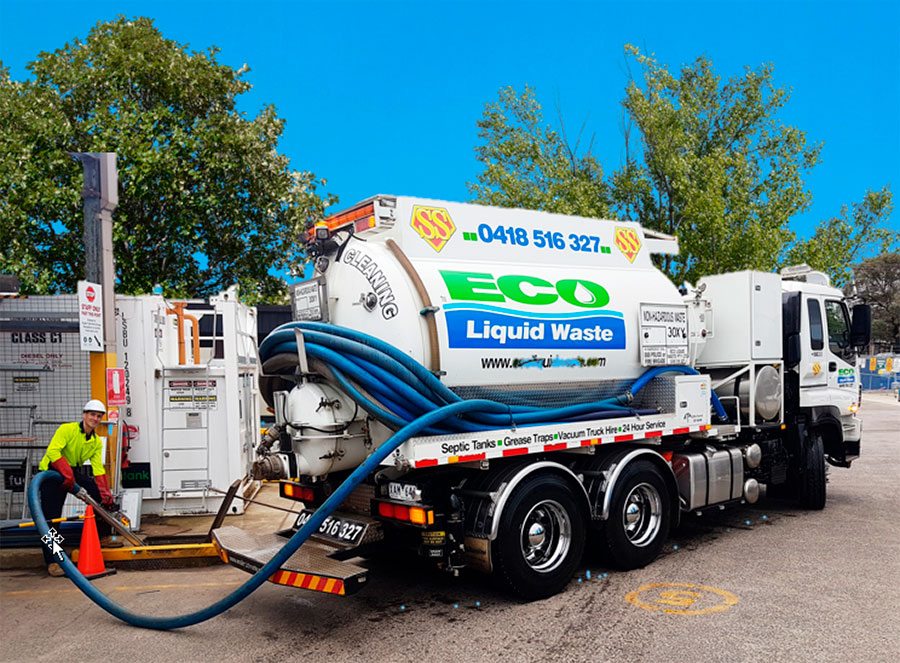The 4-Minute Rule for Reclaim Waste
Table of Contents8 Easy Facts About Reclaim Waste DescribedThe Ultimate Guide To Reclaim WasteExamine This Report on Reclaim WasteAll About Reclaim WasteIndicators on Reclaim Waste You Should Know
Explore the types, events, and kinds of liquid waste. Residential sewer waste refers to the waste and items from a property septic system. This type of waste is created by people in homes, schools, and other buildings. This only includes septic systems that have a drain field. The correct management and disposal of residential sewer waste require fluid waste to be transferred to a sewer treatment plant where the correct techniques and equipment are used to purify and throw away waste.
Commercial waste usually consists of possible hazards, such as flammable materials or a mix of liquid and strong waste items, and requires an advanced and in-depth disposal procedure. The disposal of industrial waste normally entails the filtration of waste before transport to guarantee safe and appropriate disposal. Hazardous waste is produced from results and drainage of industrial procedures and manufacturing.
This sort of waste can not utilize the same sewer monitoring transport or procedures as septic or business liquids. The hazardous waste monitoring procedure needs the examination and testing of liquid waste before it undergoes the disposal process (liquid waste removal). Runoff waste is the fluid waste that originates from drainage and excess stormwater in highly booming locations or cities
Overflow waste can cause contamination and flooding if not taken care of correctly. Making certain proper waste management can avoid disasters and decrease ecological injury.
Not known Factual Statements About Reclaim Waste
Get in touch with PROS Services today to find out about our waste management and disposal solutions and the appropriate means to take care of the liquid waste you produce.
Do you know what takes place to your water when you disengage, flush the bathroom or drain pipes the washing machine? No? Well, it deserves understanding. This so-called 'wastewater' is not just a crucial resource but, after therapy, will be launched to our land, waterways or the sea. Made use of water from commodes, showers, baths, kitchen sinks, laundries and commercial procedures is referred to as wastewater.

water made use of to cool down equipment or tidy plant and tools). Stormwater, a type of wastewater, is drainage that flows from agricultural and metropolitan locations such as roofings, parks, gardens, roads, courses and rain gutters into stormwater drains, after rain. Stormwater streams neglected directly to local creeks or rivers, ultimately reaching the sea.
Indicators on Reclaim Waste You Need To Know
In Queensland, most wastewater is treated at sewage therapy plants. Wastewater is carried from domestic or commercial websites through a system of drains and pump stations, known as sewerage reticulation, to a sewer therapy plant.
The Division of Natural Resources encourages city governments regarding managing, operating and keeping sewage systems and treatment plants. In unsewered areas, local federal governments may require owners to install private or house sewer treatment systems to treat residential wastewater from toilets, kitchens, restrooms and laundries. The Division of Natural Resources authorizes making use of family systems when they are try this out shown to be efficient.
In some new neighborhoods, treatment of some stormwater to remove trash, sand and crushed rock has started using gross pollutant traps. Wastewater treatment occurs in 4 phases: Removes solid issue.
Uses tiny living organisms recognizes as micro-organisms to break down and get rid of remaining dissolved wastes and fine fragments. Micro-organisms and wastes are incorporated in the sludge.
The Best Strategy To Use For Reclaim Waste
Nutrient elimination is not readily available at all sewage therapy plants due to the fact that it calls for expensive specialist equipment. Clear fluid effluent generated after treatment may still have disease-causing micro-organisms - liquid waste removal melbourne.

This normally implies wastewater has to be dealt with or impurities eliminated before it can be released to waterways. The majority of wastewater streams into the sewerage system. Under the Act, city governments administer authorizations and permits for ecologically appropriate tasks (Ages) including wastewater releases that could have a regional impact. The division provides approvals and permits to ERAs entailing wastewater launches that might have a local or statewide impact.
The Ultimate Guide To Reclaim Waste
Surveillance provides valid information about water quality and can confirm that permit problems are being fulfilled. The details obtained with tracking offers the basis for making water high quality decisions.
Comments on “Top Guidelines Of Reclaim Waste”